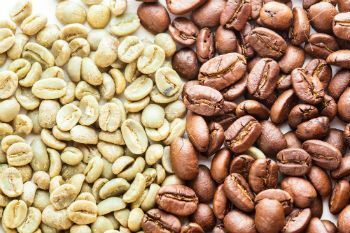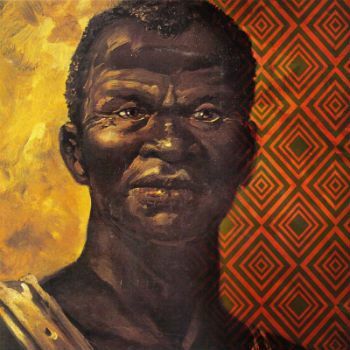O Coffee, a drink consumed in several countries, had its origin in africa, in the highlands of Ethiopia (Cafa and Enária).
The name "coffee" can have its origin in the region of Cafa, being currently one of the most consumed beverages in the world.
There are several types of coffee beans (Arabica, Robust, etc.) and some derivatives, such as espresso, cappuccino, mocha, iced coffee, latte, among others.
 Coffee beans
Coffee beans
Summary
A legend says that an Ethiopian shepherd noticed that his sheep changed their behavior after eating the coffee tree leaves.
Although it has its origins in Africa, its spread had as its starting point Arabia, where it was cultivated and used to cure various ailments.
From Arabia it was taken to Egypt in the 16th century. In 1554, it was already known by Europeans, who began to cultivate it in their Indian and Pacific colonies (Ceylon, Java and Sumatra).
During the 18th century, coffee gained importance in the international market, becoming a luxury drink, mainly in France, England and the United States.
It was planted in Madagascar, India and the Philippines. It reached Martinique, the Antilles and conquered Central America.
The first seedlings arrived on the South American continent, coming from the Botanical Gardens in Amsterdam.
They were cultivated in French Guiana and Suriname (formerly Dutch Guiana). With the increase in production and the rise in the standard of living of populations in industrialized countries, coffee is no longer a luxury product and its consumption has become widespread.
History of Coffee in Brazil
Coffee arrived in Brazil in 1727, entering the state of Pará and cultivated in the city of Belém, brought by the military officer Francisco de Melo Palheta.
starts the Coffee Cycle and the expansion of coffee plantations in the period of Brazil Empire. Note that from the beginning of the 19th century it represented the country's greatest source of wealth and the main export product.
In the following years, the coffee was taken to Maranhão and Rio de Janeiro, where it was cultivated in the farm of the Convento dos Frades Barbadinos.
Taken to the Serra do Mar lands, he arrived in the Paraíba valley around 1820. From São Paulo he went to Minas Gerais, Espírito Santo and Paraná.
In Brazil, the gradual abolition of slavery and the prohibition of the slave trade caused a shortage of labor for coffee production. Attempting to buy slaves in the Northeast was soon prohibited by law.
Farmers in the interior and west of São Paulo, more prosperous than those in the Vale do Paraíba region, began to use labor from European immigrants on their properties, more profitable than labor slave.
In 1845 Brazil produced 45% of the world's coffee. In 1947 came Germans, Swiss, Portuguese and Belgians.
The arrival of European immigrants was accentuated from 1848, when several political crises and revolutions occurred in Europe.
In the partnership system that was initially installed, the colonist was entitled to half the value of the production of the lots he cultivated, having to pay the farmer the expenses of the trip and its installation.
The farmer gave the colonist the most unproductive plantations and were tricked into dividing the production. For these reasons the partnership system did not work. Many settlers abandoned the plantations.
As of 1870, the government of the province of São Paulo began to subsidize the transport of European immigrants to Brazil. Shortly thereafter, he received support from the imperial government to subsidize immigration. Salaried work began to predominate.
Between 1850 and 1889, 871,918 immigrants entered Brazil, the majority destined for coffee plantations in São Paulo. They were Italians, Portuguese, Spaniards, Russians, Austrians, Romanians, Poles, Germans and Japanese.
The cultivation of coffee in large areas was responsible for the formation of several urban centers in the country. Brazil is one of the largest coffee producers and exporters in the world. Exports to the United States, Japan and several countries in Europe.



